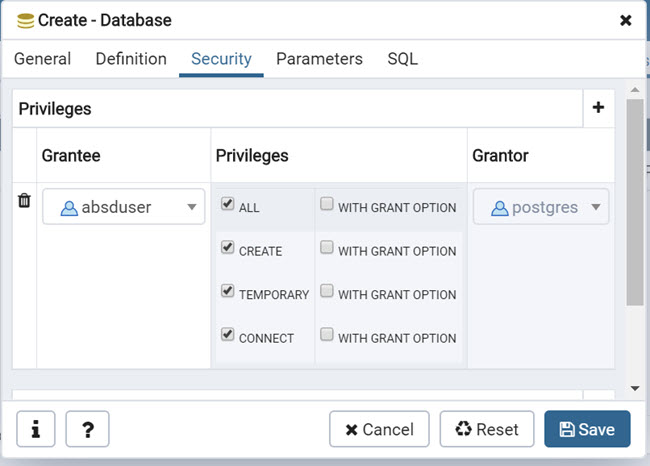
- #Chrome extension uuid generator postgres how to#
- #Chrome extension uuid generator postgres install#
- #Chrome extension uuid generator postgres software#
- #Chrome extension uuid generator postgres code#
- #Chrome extension uuid generator postgres password#
To learn more, read Best practices to avoid sending PII. There are additional strategies to avoid sending PII through URLs. For example, to change the title to "New Title": Similarly, you can alter the page title before it gets sent to Analytics. For example, to alter the URL to "/example?a=b":

#Chrome extension uuid generator postgres code#
You can add analytics.js code to change the URL before it gets sent to Analytics. If there is any possibility of your URLs, URL parameters, or titles containing PII, you'll need to remove it. Both the URL path and parameters must be free of PII. PII is often inadvertently sent in these URLs and titles. The basic Analytics page tag collects the page URL and page title of each page that is viewed. If (pare(user.password, foundUser.Before using User IDs, read the User ID guidelines. First, create an file in the src folder and add the code snippet below. Now we’ll create a User entity to represent the user data we’ll store in the database. Create the User entityĪt this point, our application is connected to the Postgres database. Now, let’s create the User entity to define our models in the database. Also, notice that we used the forFeature() method to define which repository is registered in the current scope, which lets TypeORM know about the User entity.

Don’t worry - we’ll create this entity in a subsequent section. In the code snippet above, notice that we passed in the User entity, but have yet to create it. Next, open the /src/ file import the TypeOrmModule, and connect to the database using the forRoot method with the code snippet below. Grant all privileges on database authentication to authentication Alternatively write this query in a SQL prompt.
#Chrome extension uuid generator postgres password#
create user authentication with encrypted password authentication Create a user with proper permissions using a user management GUI. sudo su - postgresĬreate database authentication Creating the Postgres database. Create the database using a Postgres GUI or with the commands below. Run the commands below to set up a Postgres database. We’ll use the TypeORM Postgres Object Relational Mapper to connect our application to the Postgres database. If you use Postgres locally make sure you know the password or follow these steps to reset the Postgres password. You can host Postgres on Digital Ocean or other hosting providers. Now let’s go ahead and set up our Postgres database. Setup Postgres databaseĪt this point, we have installed all the dependencies we need for this project. When it’s done, it’s time to set up a database for our application. This will take a little bit of time to install, so wait for it to finish. npm i bcrypt nodemailer hbs typeorm pg Additional dependencies we'll need. npm i -D Installing the dev dependencies. We’ll start with the dev dependencies using the command below.
#Chrome extension uuid generator postgres install#
Now, let’s install the dependencies for this project. Wait for some time for the installation to complete before proceeding to the next step. nest new authentication Creating a new Nest application. Then, create a Nest application with the command below. Before we do that, we’ll install the Nest CLI with the command below: npm i -g Installing the Nest CLI. Let’s start by creating a NestJS application for our project.
#Chrome extension uuid generator postgres how to#
This tutorial will teach you how to implement 2FA authentication in a NestJS application. Even if a hacker discovers the user's password, they will not be able to login into the account because they lack the second-factor authentication ( 2FA) code. This approach will protect a compromised account from fraudulent activities. They will then be asked to provide additional details before being granted access. A user's username and password must be entered first.

#Chrome extension uuid generator postgres software#
This rise in risk explains why many software companies are adding an extra layer of security to their customers' accounts.ĢFA is an extra layer of security that confirms that the person seeking to get into an online account is who they say they are. Cybercrime and hostile operations against public and private entities have become more prevalent in recent years.


 0 kommentar(er)
0 kommentar(er)
